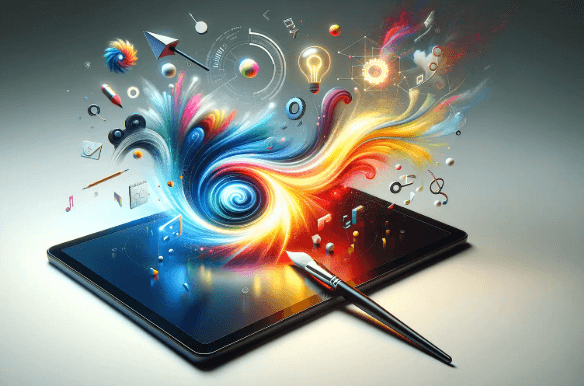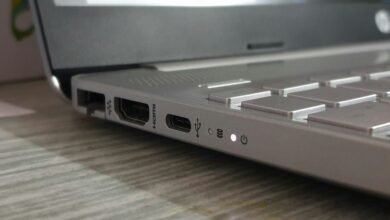AI Image Generation From Text: the Future of Art?

The emergence of AI image generation from text marks a significant turning point in the art world. This technology enables artists to transform concepts into visual narratives, challenging traditional methods of creation. While it expands artistic potential, it also poses complex questions about originality and ethics. As the boundaries between human creativity and machine capabilities blur, the implications for the future of art become increasingly profound. What does this mean for the essence of artistic expression?
The Evolution of AI in Art Creation
As technology advanced, the intersection of artificial intelligence and art began to reveal new possibilities for creative expression.
Machine learning and creative algorithms emerged as powerful tools, enabling artists to explore uncharted territories.
These innovations facilitated a dialogue between human creativity and computational processes, fostering an environment where art could transcend traditional boundaries, inviting a new era of collaboration and inspiration in artistic endeavors.
See also: AI-Powered Virtual Set Technology: The Future of TV Production
How AI Image Generation Enhances Artistic Expression
While traditional artistic methods often rely on the artist’s manual skills and personal intuition, AI image generation introduces a transformative dimension to creative expression by blending technology with artistic vision.
This innovation expands collaboration possibilities, enabling artists to push beyond their creative limitations. It fosters a dynamic interplay between human creativity and machine intelligence, ultimately enriching the artistic landscape and inviting limitless exploration.
The Impact on Traditional Art Forms
Although the rise of AI image generation may seem to challenge traditional art forms, it actually serves as a catalyst for evolution within these disciplines.
This digital transformation encourages artists to explore new mediums while redefining artistic authenticity. By integrating AI, creators can enhance their techniques, fostering a dialogue between traditional and contemporary practices that celebrates innovation and expands the boundaries of artistic expression.
Challenges and Ethical Considerations in AI Art
Given the rapid advancements in AI image generation, a host of challenges and ethical considerations emerge that demand careful scrutiny.
Intellectual property and copyright issues complicate the landscape, raising questions about ownership and rights.
Additionally, authenticity concerns threaten artistic integrity, as the line between human creativity and machine output blurs.
These dilemmas necessitate a thoughtful dialogue to navigate the future of AI-generated art effectively.
Conclusion
As AI image generation reshapes the artistic landscape, it is estimated that 88% of artists believe this technology will enhance their creative processes rather than replace them. This statistic highlights a growing acceptance of AI as a collaborative tool, inviting artists to explore uncharted creative territories. However, the intertwining of human creativity and machine intelligence also prompts a critical examination of authenticity and ethics, urging the art community to navigate this evolution with both enthusiasm and caution.




